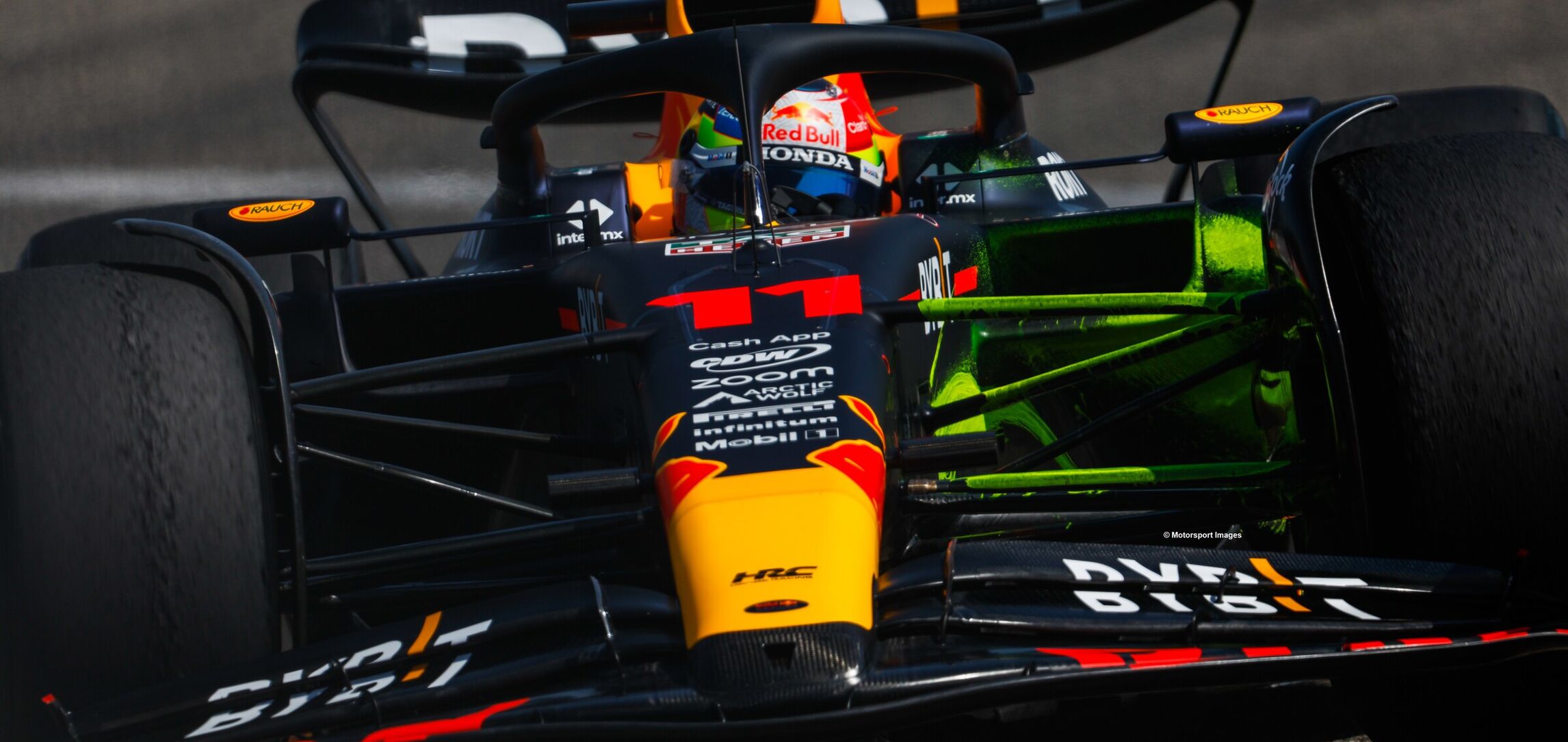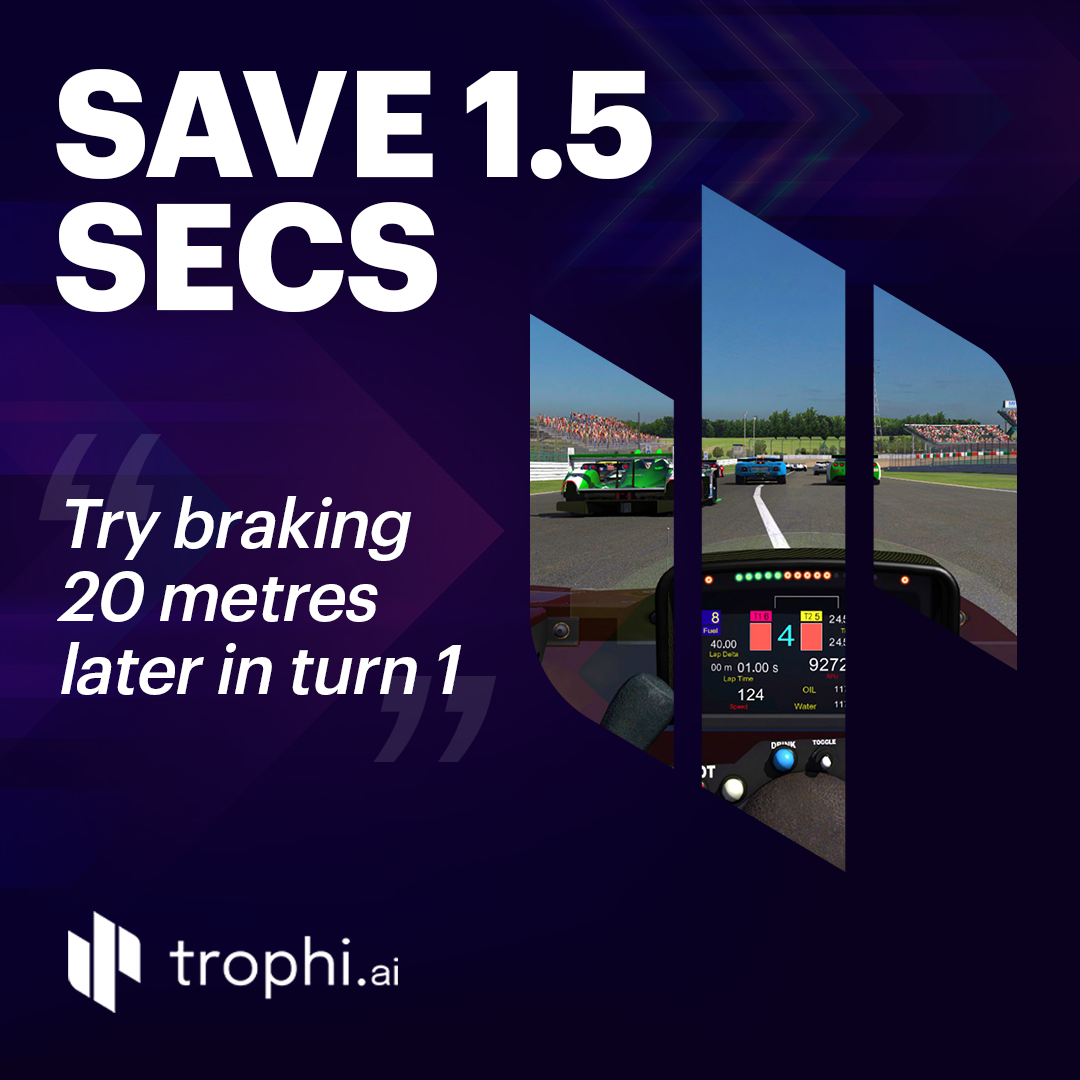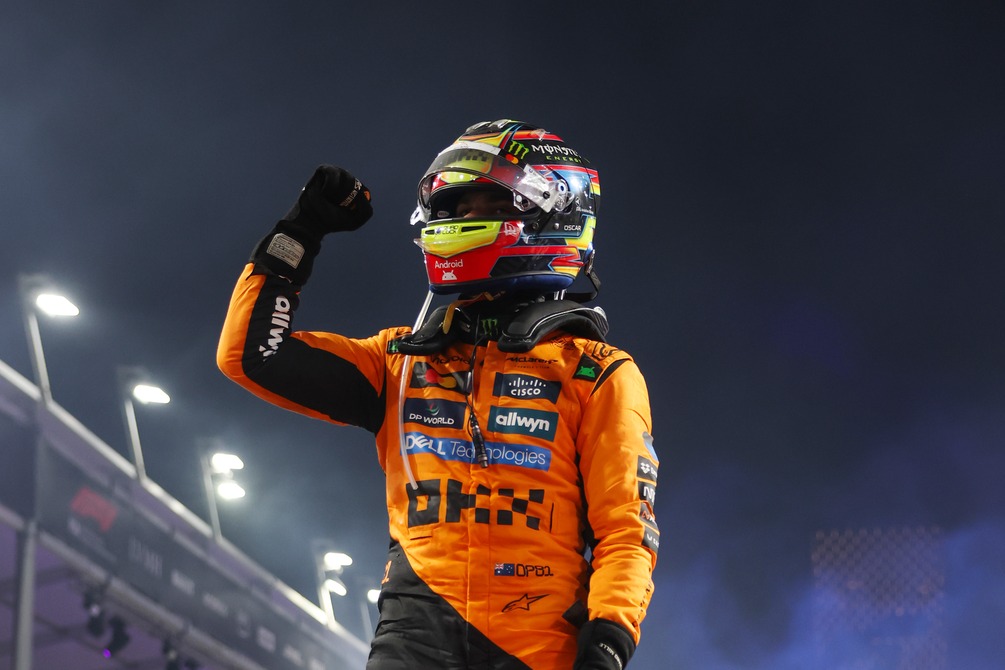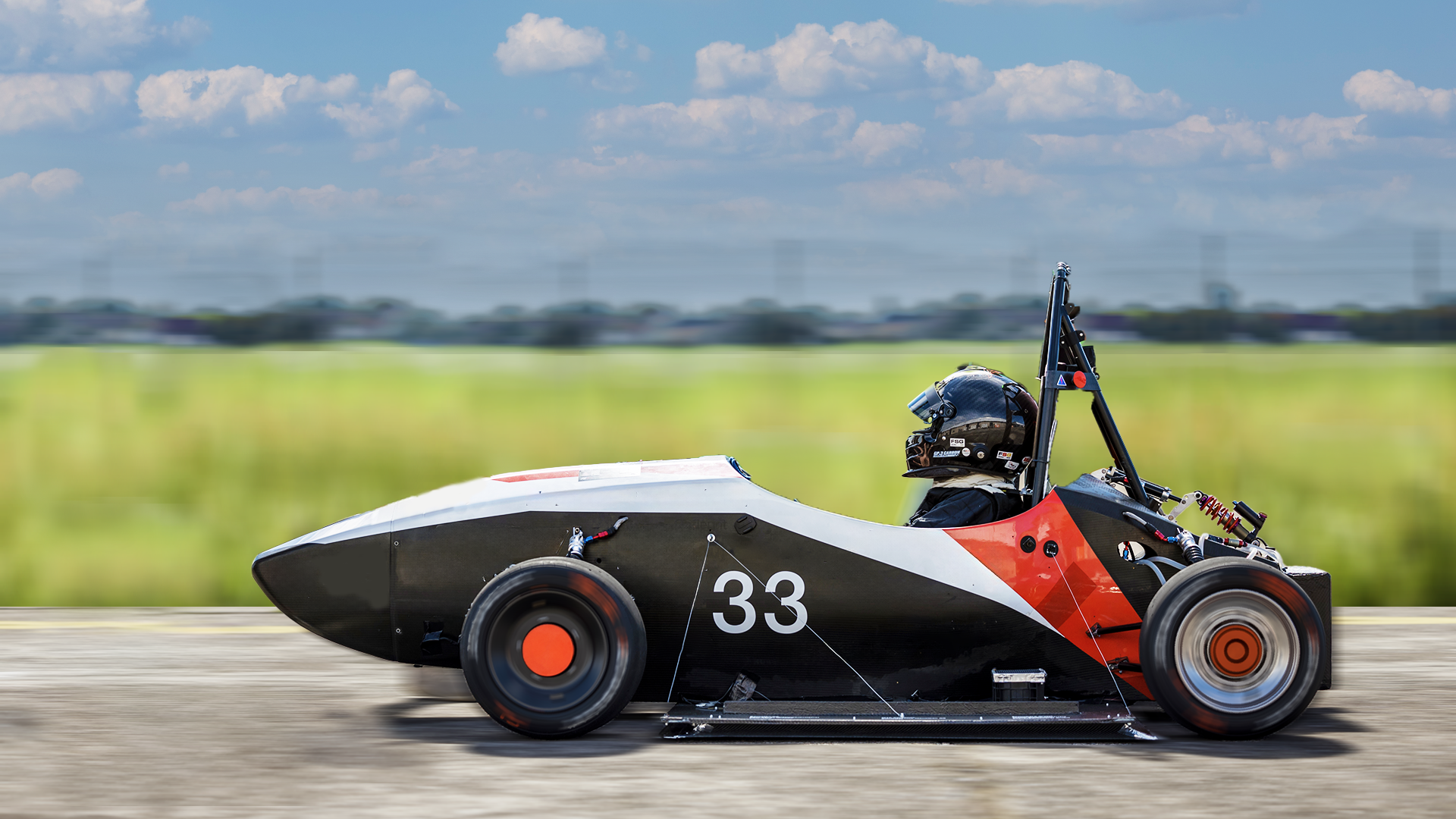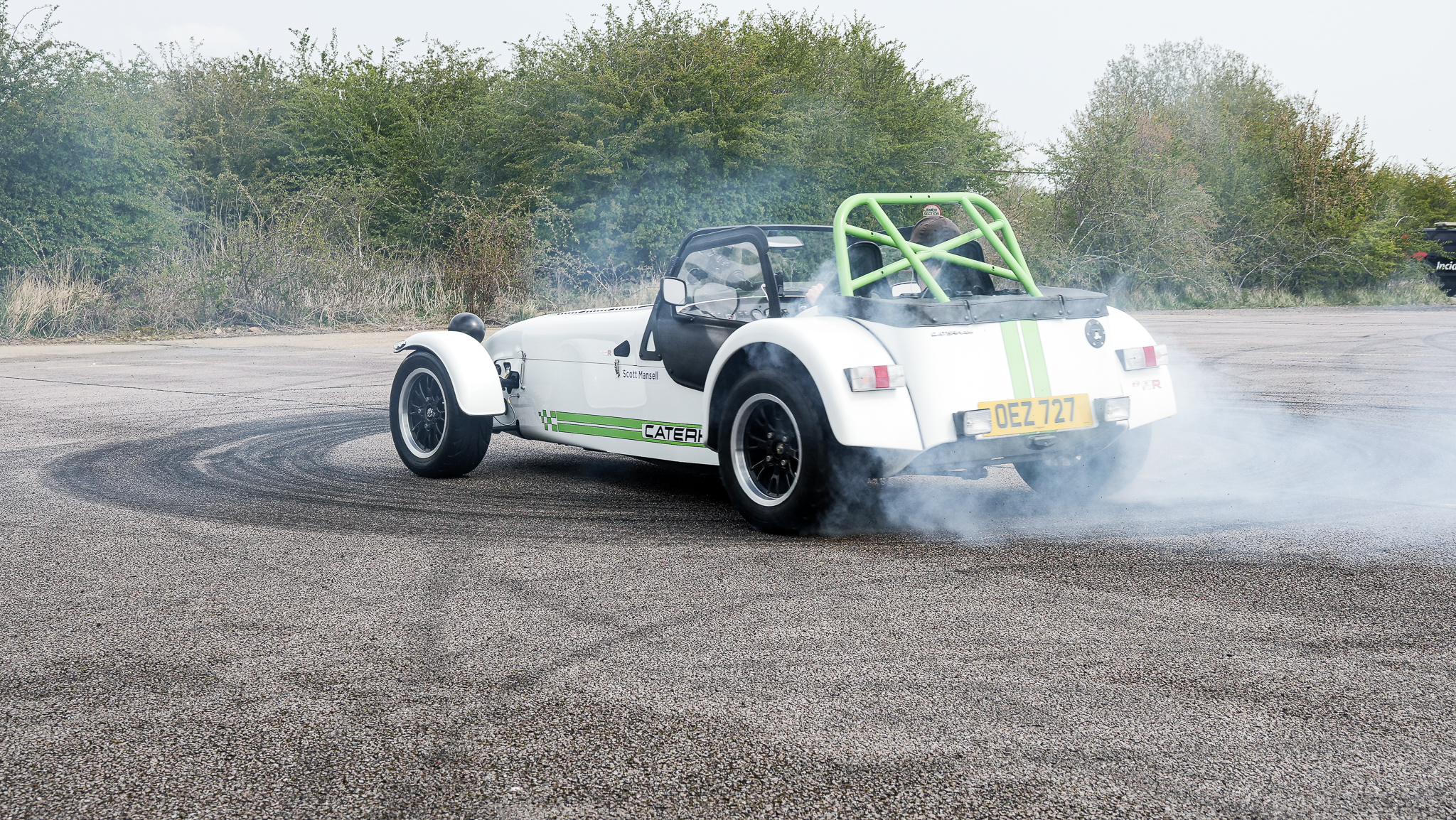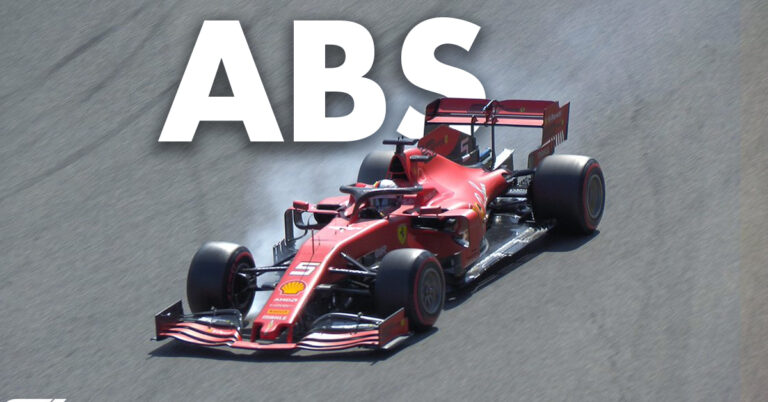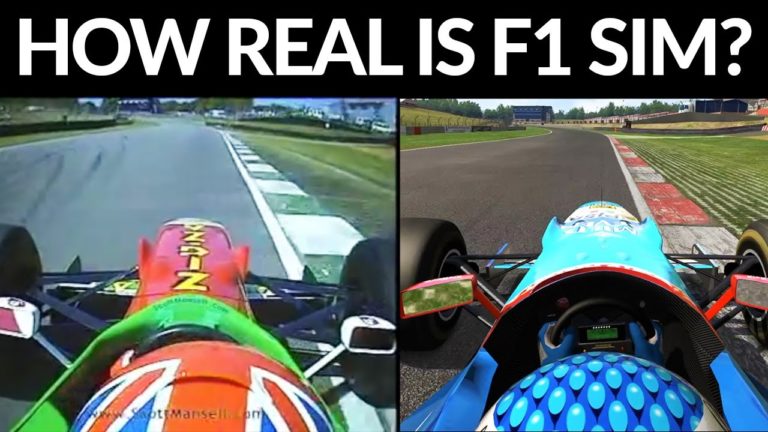How Realistic is Sim Racing?
Transcript from video
The quality of sim racing software and hardware is improving at a rapid rate, and aside from not being able to feel all of the motion of a real-life car, sim racing is one of the closest to real-life, of all the gaming options out there.
So, how close is sim racing to the real-world, what are the differences and if you’re fast in a sim, will you be fast in a real-world car?
I’m Scott Mansell, and if you’re new to the channel I’m a real-world racer and coach. Over the last 3 or 4 years, I’ve been getting deeper into sim racing, which I absolutely love. I see it as a supplement to real-world driving, and I believe the cross-over between the two is going to get much deeper going forward.
I made a video a few months ago where I compared driving a real-world Benetton F1 car – a car in which I set the outright lap record at Brands Hatch – to the sim version.
In general, laps times were pretty close, but the feeling in the car just wasn’t. Now, the car was a mod in Assetto Corsa and felt like it lacked the development time to make it truly realistic.
However, there are better-developed sim cars that I’ve driven both in real-world and the sim, so it’s these that I’ll focus when referencing how similar the two worlds are.
First up, what does the immersion feel like? Can my instinctive brain tell the difference between sitting in the sim and the real race track?
Visually, we have a few options – single screen, triple screen and VR, so I’ll take a quick look at all three.
Using a single-screen setup, I’m very aware I’m driving in a sim – it’s not possible to look around the corners as I would in the real-world as the screen simply isn’t wide enough. It’s also a 2D image, so depth perception is difficult
With a triple-screen, the experience is certainly improved and the immersion is far better, but the image is still two dimensional.
However, things change once you put on a VR headset. While the resolution is still a bit of an issue, and your eyes take a while to adjust to a slightly pixelated world, the perception of depth and the ability to move your head in a natural way – looking around the corners – is completely immersive.
I’ve found that with VR, I have moments when I forget that I’m in the sim. I’m fully focused on driving and understanding how to be faster, and the tell for me is that I approach my driving in exactly the same way I would in the real-world.
The VR headset also allows me to see in 3D. When I first used VR in a sim, I instantly found consistency. The 3D image means that it’s much easier to judge speed and position when entering corners, leading to far fewer mistakes and a better ability to drive the limit. In terms of immersion VR was the biggest step forward in my hardware.
One of the things we teach drivers in our real-world and sim courses is how to find the limit quickly and then adapt their driving technique to extract the most speed from a car. And when I’m learning a car in the simulator, I find my process for this – and the rate at which I learn – is exactly the same as the real world. This is how I gauge how immersive a sim is – and I have to say with the right hardware and software, this is a big yes.
How Realistic are Sim Racing Rigs?
The first thing to say about sim racing hardware is that we’re incredibly lucky the design and layout can be exactly the same as the real-world. I may be wrong, but I can’t think of any other eSport where the input devices are the same – aside from maybe flight simulators. This is an important point when thinking about how realistic racing sims are.
So in a bit more detail, what about the feeling in the steering wheel and pedals. This is a difficult one, as there’s so much variation in the quality of these parts. Granted, you can be fast on cheaper wheels and pedals, but it’s the feeling at I’m interested in exploring here.
I’ve recently upgraded to a direct drive wheel and some Heusinkveld pedals. When you look at the quality of the pedals, it’s pretty much the same as you’d find in a real racing car.
In fact, the throttle and clutch pedals feel exactly the same. On these pedals the spring weight can be adapted as well as the throw – so if you’re like Schumacher and want a longer throttle pedal, you can or if you’re more of a Barrichello you can shorten it.
With regards to the brake pedal, I’m still tweaking the setup, as again, you can change the throw, firmness and sensitivity. In the real-world as well as sim racing, you can make up – or lose – a lot of time on the brakes, so a well setup pedal is important. It’s still not perfect, but the way the brake pedal works and feels is very realistic.
Next up, the steering wheel. When you’re driving a car on the limit in the real-world, you’re getting constant feedback about the car’s behaviour through the steering. You can feel understeer, oversteer, changes in surface and kerbs and I have to say my sim wheel does an excellent job with this.
It’s all about communication – we need the wheel to explain what’s happening with the car. ANd the steering wheel is even more important in the sim, as we don’t have any g-force going through our backside to help us understand the car’s behaviour and attitude.
I’d say the details in how the wheel reacts are very close to the real-world – as long as the wheel is from a good manufacturer and has been set up properly.
How Realistic are Racing Sim Cars?
It’s all well and good having all the hardware, but it means nothing if the sim racing cars don’t replicate the real-world properly – and I’m not just talking about lap time here.
Lap time is too much of a simplistic comparison to make, what’s more important is the feel of the car and if it reacts like a real-world car would?
The caveat here is that there are so many different platforms to use between iRacing, rFactor, Project Cars and Assetto Corsa to name a few. And even within these games, there are different levels of development between the individual cars – and importantly tyre models.
The tyres are important as they are the connection between the car and the circuit. They’re also incredibly difficult to model, due to the number of variables – including surface, rubber compound, pressure, tyre temperature and circuit evolution to name a few. This means that if a software’s tyre model isn’t as sophisticated as we’d like it to be, the cars will always feel a bit off.
However, when I drive a car – and tyre – that’s been well developed, the similarities to the real world are incredible.
A direct back-to-back comparison however, is always going to be difficult due to the multitude of variables previously mentioned – racing circuit and cars are living, breathing things and while we may get close to simulating every data point in the future, we’re certainly not there yet.
So again, I’m going to focus on the feeling the car, how we use all our sense to understand how the car is reacting, and whether that’s close to real driving.
I run my real-world training programmes in a Mazda MX5, they’re the perfect training car – and I actually spent 26,000 miles coaching in that car last year, so it’s safe to say I know it well.
The MX5 is one of my favourite cars in iRacing, because it’s so realistic. Granted, the tyres are a little slow to come up to temperature, but once they do the car behaves exactly how I expect it to. And that’s what is important here.
When you’re trying to be fast in a race car, it’s essential that you adapt your driving style to suit the car – and every car requires a slightly different style to drive to it’s full potential. And I take this driving style as a clear gauge of how realistic the sim is – if I need to have similar steering and pedal inputs in the sim compared to real life, it’s doing a good job.
How Do the Circuits Compare?
OK, on to the circuits. As with the cars, the realism of the circuits is dependent on the level of development. For this section, we’ll just be talking about the laser-scanned circuits – thanks to the use of 3D scanners, these circuits are accurate down to the millimetre.
Aside from the accurate visuals, what sets the laser scanned circuits apart is that the elevation, bumps and kerbs in the circuit feel the same as the real-world. It’s interesting how the rhythm of the bumps and kerbs make you feel in the groove on track.
In comparison, when I’m driving a circuit that hasn’t been scanned, it just feels a bit off – and it’s because of the bumps, I’m expecting to feel them and when I don’t it throws off my senses.
This is such a big thing when driving, as we’re using these areas and details of the circuit as subconscious references, and when they don’t happen – or happen at the wrong time – it doesn’t sit well.
Additionally, the overall grip level of the circuit – and the way it evolves – is very important to how we perceive the realism. In the real world, race circuits can have fast days and slow days. And at some circuits, lap times can even change by more than a second on the same day!
Again, it’s all of those variables coming into play with circuit evolution plus the build-up of tyre rubber and the racing line, marbles off it and potentially oil and fuel from overflow pipes.As with tyre models, circuit evolution has so many variables it’s incredibly difficult to simulate – however, I must say the sims I’ve driven do a good enough job of grip levels and evolution and I don’t notice too many differences when I’m racing.
So, is sim racing realistic enough that if you were quick in the sim, you would be fast in a real racing car. As well as our real-world coaches, we also have a team of sim coaches and what I’ve found interesting is comparing the driving styles, learning processes and dedication between the two groups.
To be fast in the real world you need to a good feel for the limit, understanding when and how much the car is going to slide at any particular time. But beyond that, fast drivers always have a deep understanding of technique and an intellect that allows them to repeatedly try new things in the car, get feedback and adapt on the following corner or lap. It’s this repeated process of assessment and adaptation, that ultimately makes them fast and refined.
The best sim racers certainly have this mentality, the ability to feel and adapt, so I have no doubt that given some testing and training time in the real-world, many sim drivers could get the job done on the world’s circuits too – which would be the ultimate confirmation that racing sims are indeed very realistic.
If you enjoyed this video, learn more about how to be fast in the sim, by checking out these videos on our sim dedicated channel.
If you’d like to shortcut the learning process and fulfil your sim racing potential, check out our new 4-week training programme – design to make you build perfect technique and level up your driving. Link in the description below.


